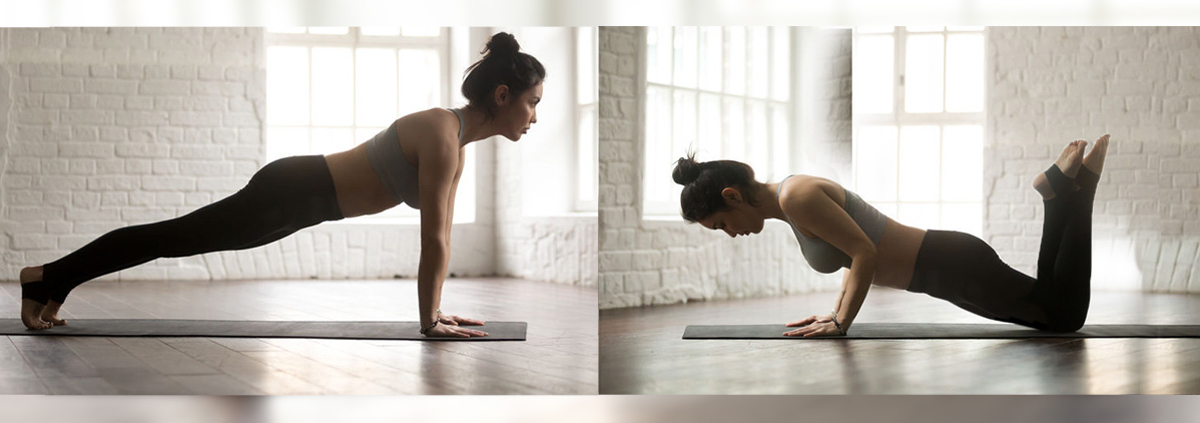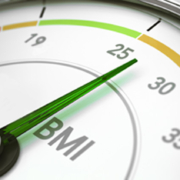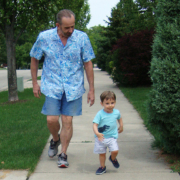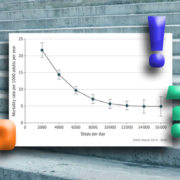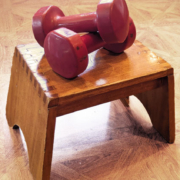Drop and Give Me 41
The study on firefighters, push-ups, and CVD was interesting—not only for the relationship between push-ups and CVD, but also for the other relationships between the number of push-ups and other variables. Here’s a summary:
As the number of push-ups increased:
- Body mass index decreased
- Systolic and diastolic blood pressure decreased
- Blood sugar decreased
- Total cholesterol, LDL-cholesterol, and triglycerides decreased
- HDL-cholesterol increased
One more thing: age decreased as well. In other words, the men in the study who could do more push-ups were younger. Was that the real reason—they were younger so naturally they could do more push-ups? They accounted for age in the statistical analysis, so it doesn’t appear to be so.
Does this study show cause and effect? No, because it’s observational. What it shows is that the lifestyle of the subject is important in the development of CVD. The subjects who had the greatest reduced risk had the highest aerobic and strength fitness, which may be reflective of an overall healthy lifestyle. Because push-ups require no equipment, progress can be easily tracked in a physician’s office. That was the actual point of the study: a simple test that could be predictive of CVD among other factors.
Here’s my challenge to you. After you see how many you do as a baseline, work at doing push-ups every day until you can hit 41. If you can’t do one, start with knee push-ups, push-ups from an exercise ball or chair, or wall push-ups (stand more than an arm’s length from the wall). As you can get to 41 one way, move to the next more difficult type.
When you get to 41, send me an email saying you did it and I’ll send you a coupon code good for 30% off the Optimal Performance Program; Member and Insider discounts apply. I’ll take you at your word, no selfies and no videos. After all, the only person you would be cheating is yourself and your risk of heart disease. I know age doesn’t matter; one of my readers in his 80s can already do this challenge. All it takes is a little sweat equity. Check with your doctor and get started.
What are you prepared to do today?
Dr. Chet
Reference: doi:10.1001/jamanetworkopen.2018.8341.

